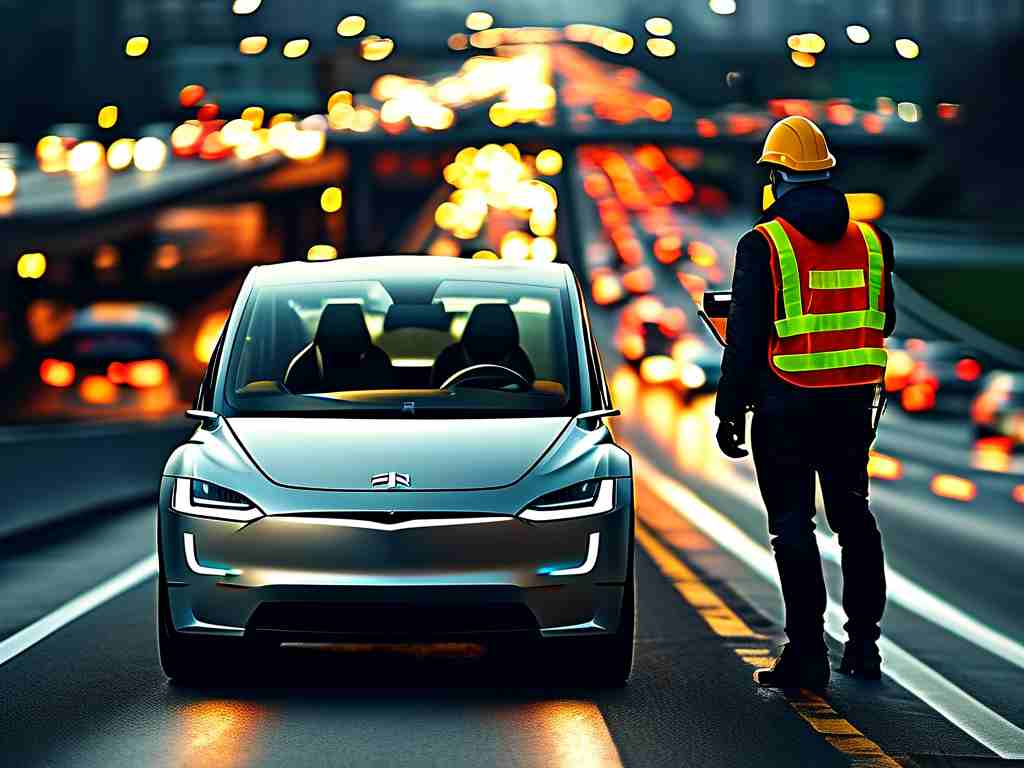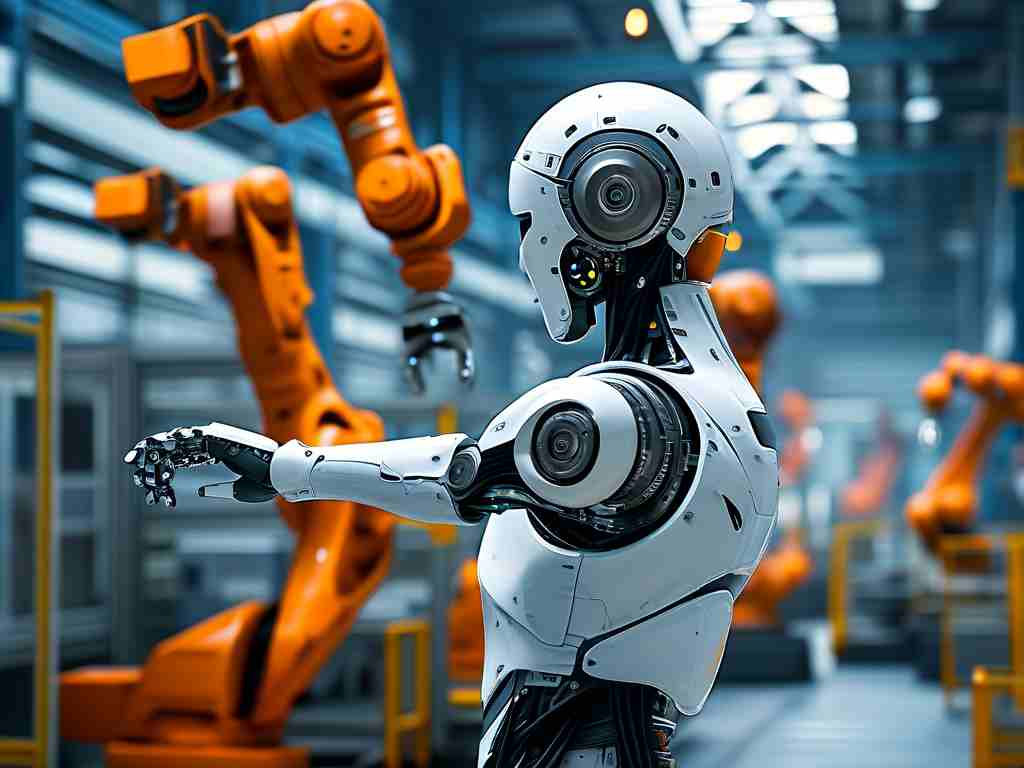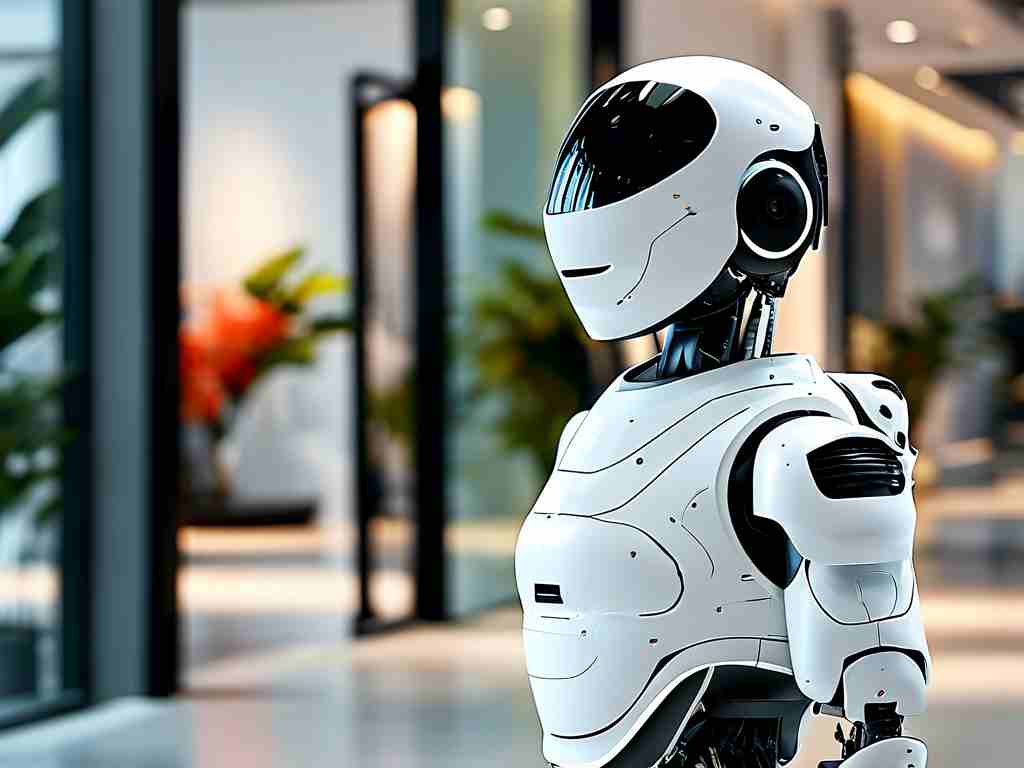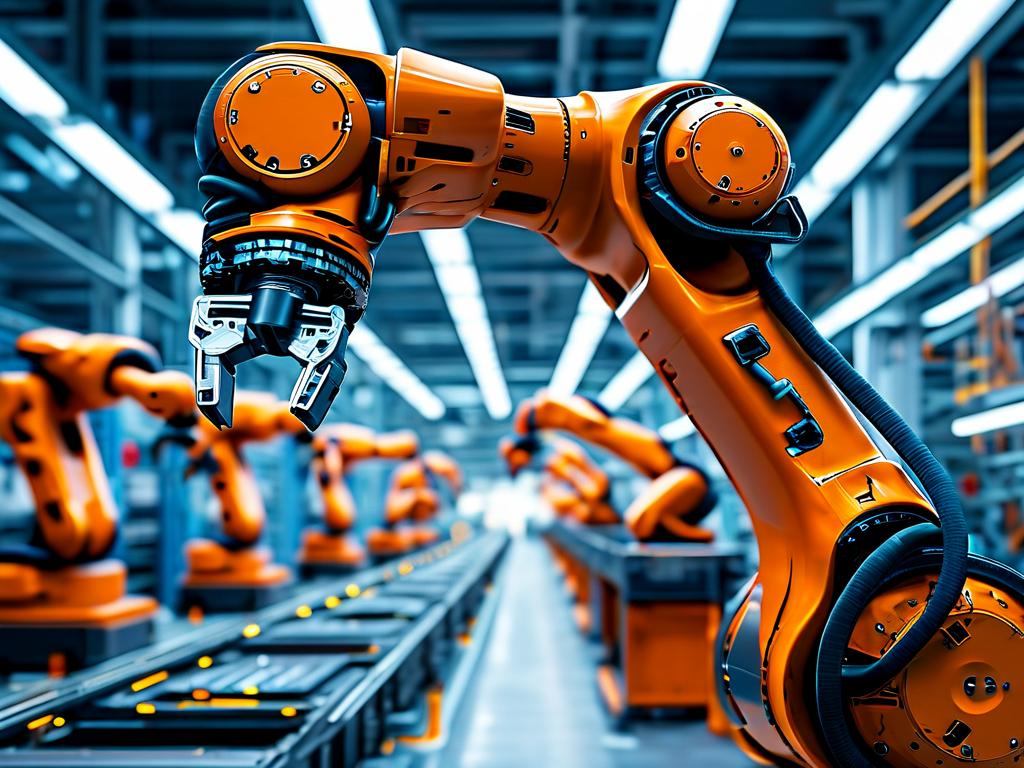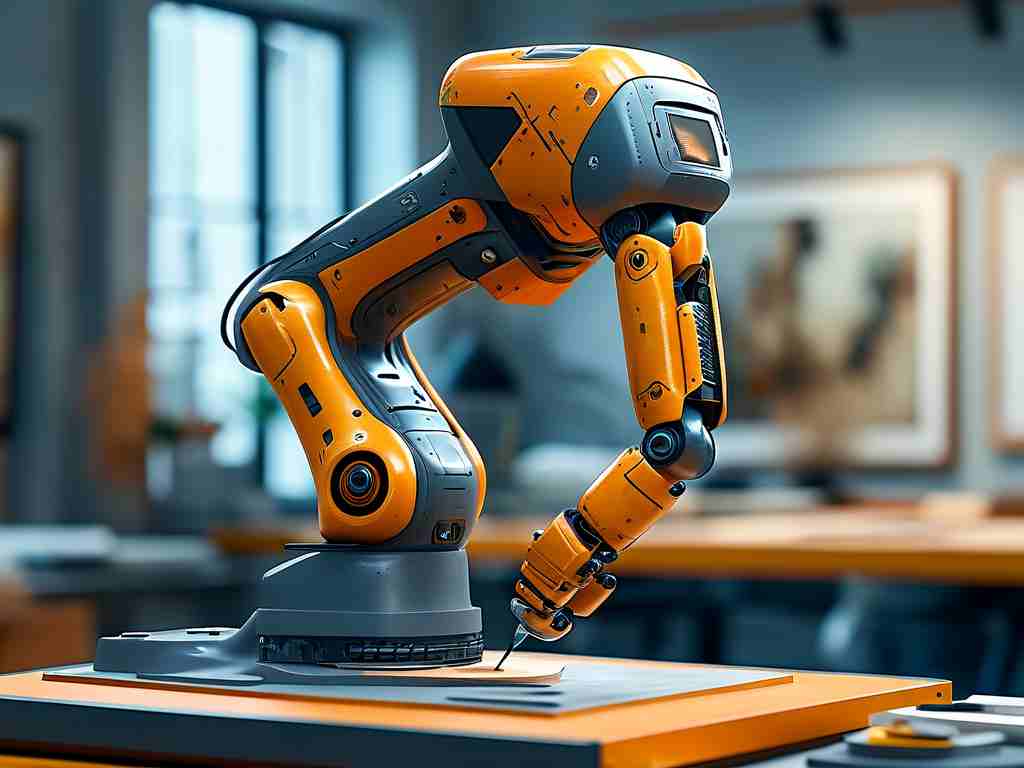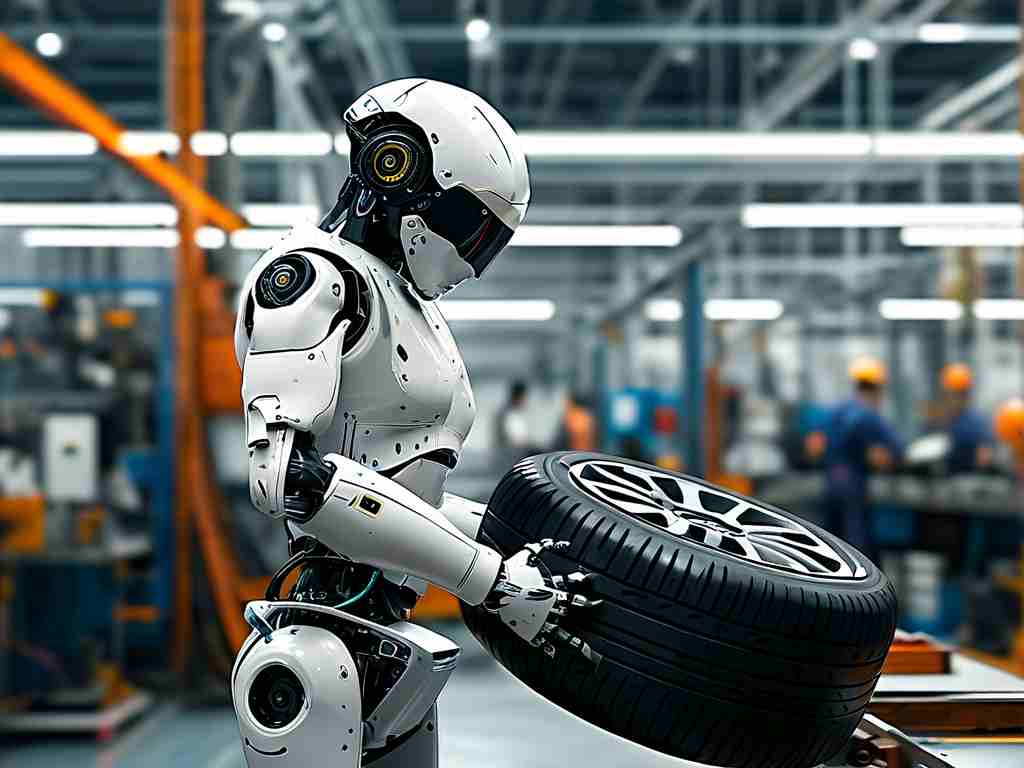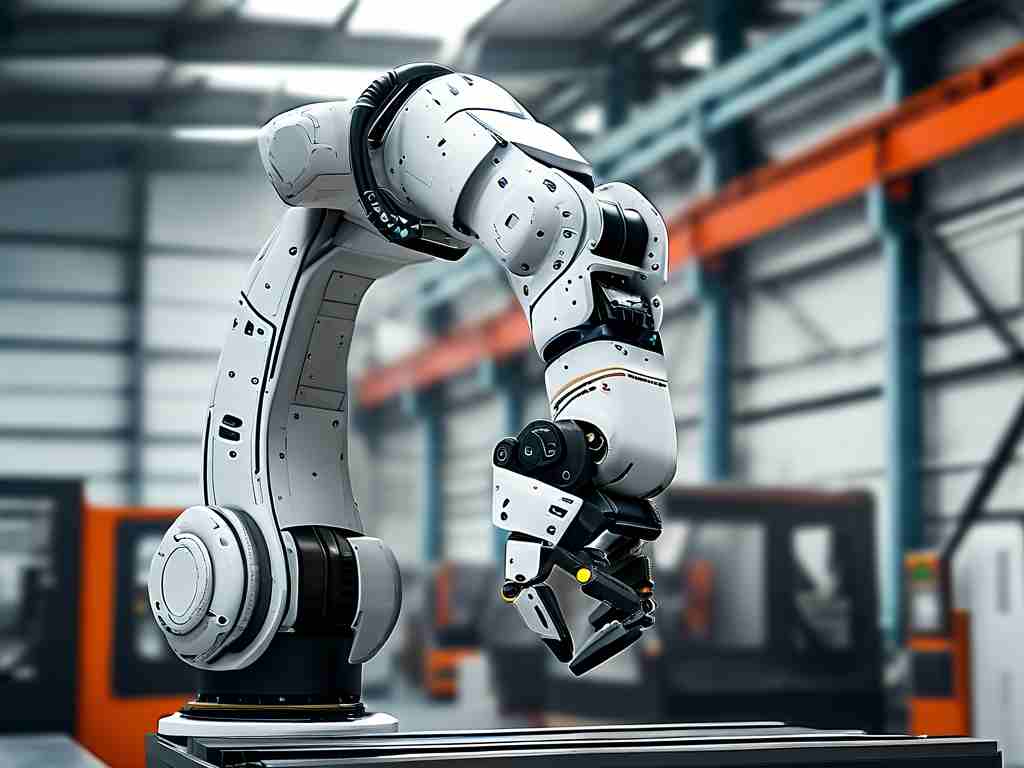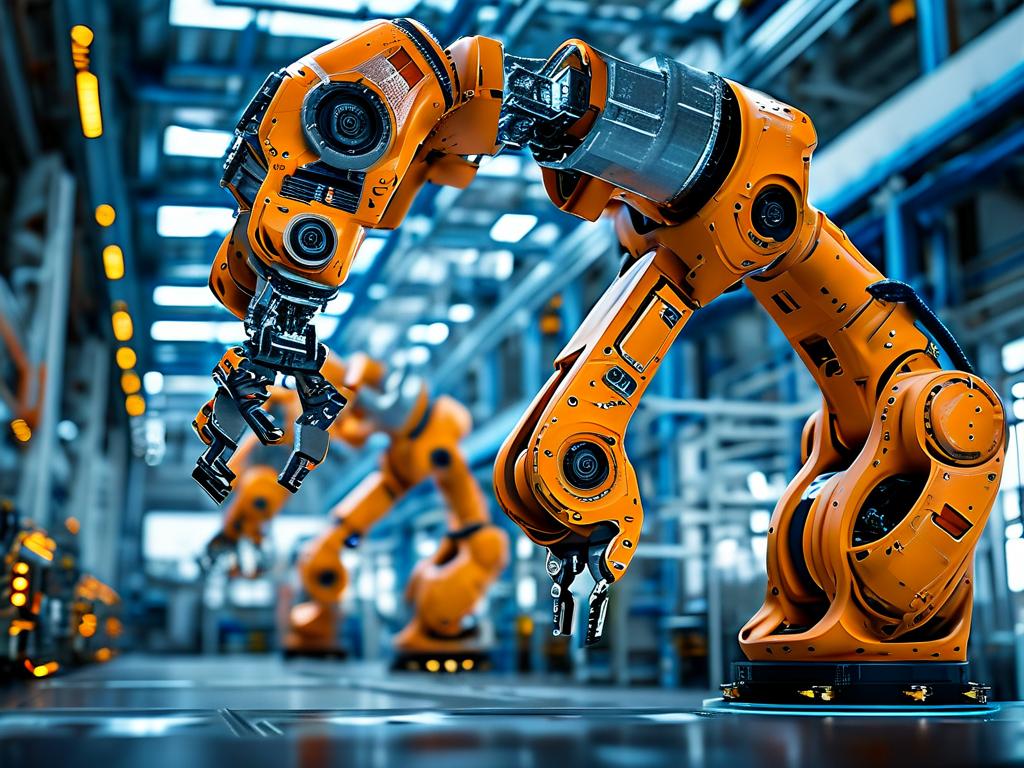In modern agriculture, robotic chicken farming has emerged as a groundbreaking fusion of automation and animal husbandry. This innovative approach combines IoT sensors, machine learning algorithms, and precision mechanics to revolutionize traditional poultry management methods. At its core, the technology focuses on three operational pillars: environmental control automation, intelligent feeding systems, and health monitoring robotics.
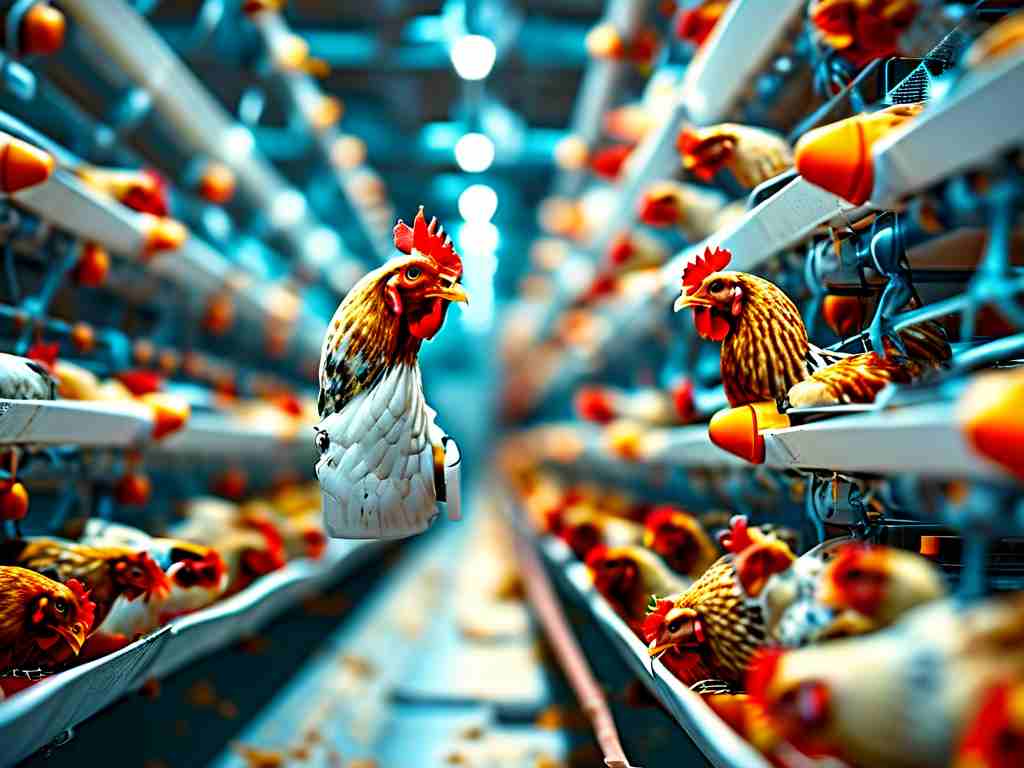
The environmental regulation module employs networked sensors to maintain optimal conditions within poultry houses. Temperature-controlled robotic arms adjust ventilation flaps in real-time, while autonomous drones patrol the coop space to monitor air quality parameters. These systems utilize predictive algorithms that cross-reference historical climate patterns with current flock behavior data, enabling anticipatory adjustments before environmental stressors affect the chickens.
Automated feeding mechanisms represent another critical component. Computer-vision-equipped robotic arms precisely distribute feed based on individual chicken weight and growth stage analysis. The system incorporates RFID-tagged chickens and smart weighing platforms that track nutritional intake down to the gram. This granular data feeds into self-optimizing algorithms that adjust feed composition ratios dynamically, accounting for factors like seasonal variations and disease resistance requirements.
Health monitoring constitutes the third technological pillar. Thermal imaging drones conduct daily flock scans, detecting temperature anomalies indicative of illness up to 48 hours before visible symptoms manifest. Computer vision systems analyze gait patterns and feather condition through ceiling-mounted cameras, while automated blood sampling robots periodically collect micro-samples for instant pathogen screening. These systems integrate with veterinary databases to enable machine-assisted diagnosis and targeted treatment plans.
The robotic infrastructure operates through a centralized farm management system powered by edge computing nodes. This distributed architecture processes data locally to ensure real-time responsiveness while maintaining cloud synchronization for long-term analytics. Farmers interact with the system through augmented reality interfaces that overlay operational data onto physical coops, enabling intuitive monitoring of multiple parameters simultaneously.
Key technological differentiators include adaptive learning capabilities that allow systems to recognize flock-specific behavioral patterns. For instance, feeding robots might adjust distribution patterns upon detecting changed pecking behaviors, while environmental controls could modify light cycles to accommodate observed roosting preferences. This bi-directional learning loop between machines and livestock represents a significant advancement over static automation systems.
Implementation challenges have driven innovations in robotic durability and bio-compatibility. Poultry-specific robots now feature antimicrobial coatings and dust-resistant joints capable of withstanding harsh coop environments. Energy solutions combine solar-powered charging stations with kinetic energy recovery systems that harvest motion from robotic movements through the coop space.
Ethical considerations remain integral to system design. Pressure-sensitive flooring helps prevent robotic collisions with livestock, while behavioral analysis algorithms ensure automated processes don't induce stress patterns. The technology demonstrates measurable improvements in animal welfare metrics, including reduced mortality rates and improved weight consistency across flocks.
From an economic perspective, robotic systems demonstrate compelling ROI through precision resource management. Case studies from Iowa poultry farms show 23% reduction in feed waste and 17% decrease in energy consumption compared to conventional methods. The automated health monitoring components have reduced antibiotic usage by 41% through early disease detection and targeted treatment.
Future developments point toward fully autonomous coop ecosystems. Experimental prototypes now testing in Netherlands research facilities feature self-cleaning robotic perches and AI-powered egg collection drones. As the technology matures, integration with blockchain systems for supply chain transparency and direct-to-consumer production tracking is becoming an industry focus.
This technological evolution positions robotic chicken farming as a sustainable solution for meeting global protein demands. By combining precision automation with biological insights, the approach addresses critical challenges in food security while establishing new standards for ethical livestock management. The continuous data streams generated by these systems are also creating unprecedented research opportunities in animal behavior and nutritional science, signaling a new era in agricultural innovation.


